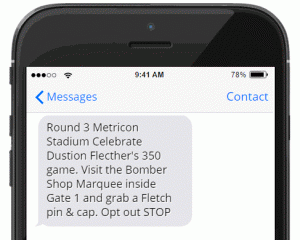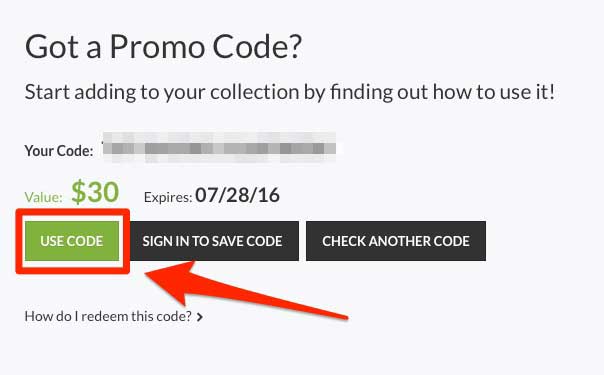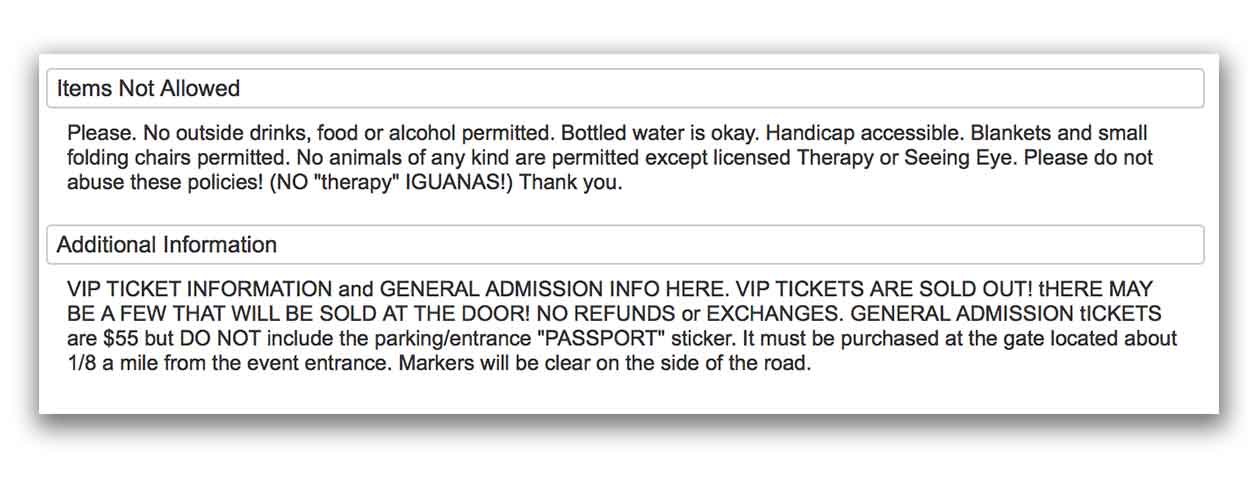Postponing Your Event? 8 Tips for a Smooth Relaunch
If you are like most event planners, you have postponed an event in the past or will probably postpone an event at some point in the future. Whether illness, inclement weather or another problem arises, your audience will understand your decision to postpone your event if handled correctly.
However, relaunching the event takes careful planning, extensive strategy and patience.
Here’s how to create your relaunch plan.
Step 1: Keep your customers in the loop
Communication is the name of the game for event relaunches. Continue to communicate with the following parties as you plan the relaunch:
- Your ticket-buyers
- Prospective attendees/leads
- Speakers/special guests/talent
- Vendors
- All other relevant parties
 This will provide your audience with something to look forward to. A steady stream of details pertaining to an eventual rescheduling of the event will keep their hopes high. Provide a general timetable for the event relaunch that becomes even more specific as time progresses.
This will provide your audience with something to look forward to. A steady stream of details pertaining to an eventual rescheduling of the event will keep their hopes high. Provide a general timetable for the event relaunch that becomes even more specific as time progresses.
If any changes occur in the meantime, let your audience know of those changes as soon as possible.
This is your opportunity to explain what is going on behind the scenes and detail the progress you and your team are making to ensure the get-together is eventually held.
Use the following outreach messages to keep your customers updated:
- Social media status updates/live stories
- Newsletters via email to subscribers
- Website pop-up alerts and landing pages
- USPS snail mail letters
- Direct calling or email updates
- Update your organization's voicemail to include event announcements
- SMS Messages
Step 2: Use SMS Marketing to keep guests updated
As long as your customers have opted into text messages from your organization, you can legally transmit such SMS marketing messages directly to their smartphones.
SMS marketing provides your clients with essential updates regarding the rescheduling of the event. About 80% of those living in North America own a phone capable of receiving a text message.
Though 54% of people would like texts from businesses, merely 11% of companies send such messages. It's time to take advantage of this form of communication!

Even if you do not have a specific date set for the relaunch, a steady stream of text messages detailing the latest updates will give your customers something to look forward to. Furthermore, such messages ensure your audience does not forget about the event altogether.
Once you have a concrete date for sales, communicate it to your audience right away through text messages. This way, your target audience will have plenty of time to purchase tickets and plan for the upcoming event.
Step 3: Announce your new event date
You can use the outreach messages mentioned above when you are ready to announce your event date.
When establishing your new date make sure it doesn't fall on any holidays and/or upcoming community events. Research predicted weather patterns for the time you are hosting your event to prepare for bad weather conditions.
Remember, you've postponed your event already. You can't postpone again or you will lose most of your predicted guests and their loyalty to you. So make this date stick.
Step 4: Offer promo codes and other perks
Promotional codes, credits and even early bird discounts are the positive reinforcement people need to reserve their spot at your event sooner rather than later or not at all.
The dangling of these metaphorical “carrots” really will encourage that many more people to sign up for your upcoming event or consider attending an event that has been postponed.
 Over two-thirds of customers insist promotional codes heighten their awareness and increase their loyalty. It is also prudent to consider the implementation of a customer loyalty program to benefit those who regularly attend your events.
Over two-thirds of customers insist promotional codes heighten their awareness and increase their loyalty. It is also prudent to consider the implementation of a customer loyalty program to benefit those who regularly attend your events.
When offered a discount, people are more inclined to consider and even pay for tickets because they feel they are missing out on a deal they wouldn't have had prior.
Step 5: Be open about your terms
The moral of this story is to be as transparent as possible. Customers respect honesty.
Provide the following legal “birdseed” as it is sometimes called so customers understand the nuances of your specific policies:
- Terms
- Conditions
- Refund policies
Now is the time to cover all the basics; bad weather, cancellation policies, items not allowed, and other additional information and/or questions guests might have.

Step 6: Put together a ticket giveaway
Though giving away tickets for free might seem like a bad idea on the surface, it is actually quite the savvy business move.
Hold a social media ticket raffle on Facebook, Twitter or one of the other web-based social media platforms and you spur that much more interest in your upcoming event.

Even if you merely give away a couple tickets, the giveaway will bolster awareness of your upcoming event, helping to boost your ticket sales and event awareness. To learn more about creating a ticket giveaway, click below.
Step 7: Conduct a countdown campaign
Once you are a month or two away from the big day, it's time to launch a countdown to your event on your preferred social media platform and website.
This countdown ramps up the public’s interest in the event, building up the anticipation and hype that much more.
Step 8: Cross-promote the event
Cross-promotion of your event through speakers, merchants and performers will help you gain critically important exposure to an extended audience.
Take a moment to consider the number of people who follow the vendors, artists and presenters all scheduled for your event.
A complete list to cross-promoting your event:
- Add ticket links to your team's email signatures
- Have speakers and special guests do shoutouts on social media
- Sell merchandise and ticket add-ons
- Send out press releases
- Create a unified hashtag for your event that speakers, vendors, etc. can use
- Cross-promote with vendors (backlinks, guest blogs, social shoutouts, mentions, etc.)
- Ticket giveaways and social campaigns to encourage engagement and shares






